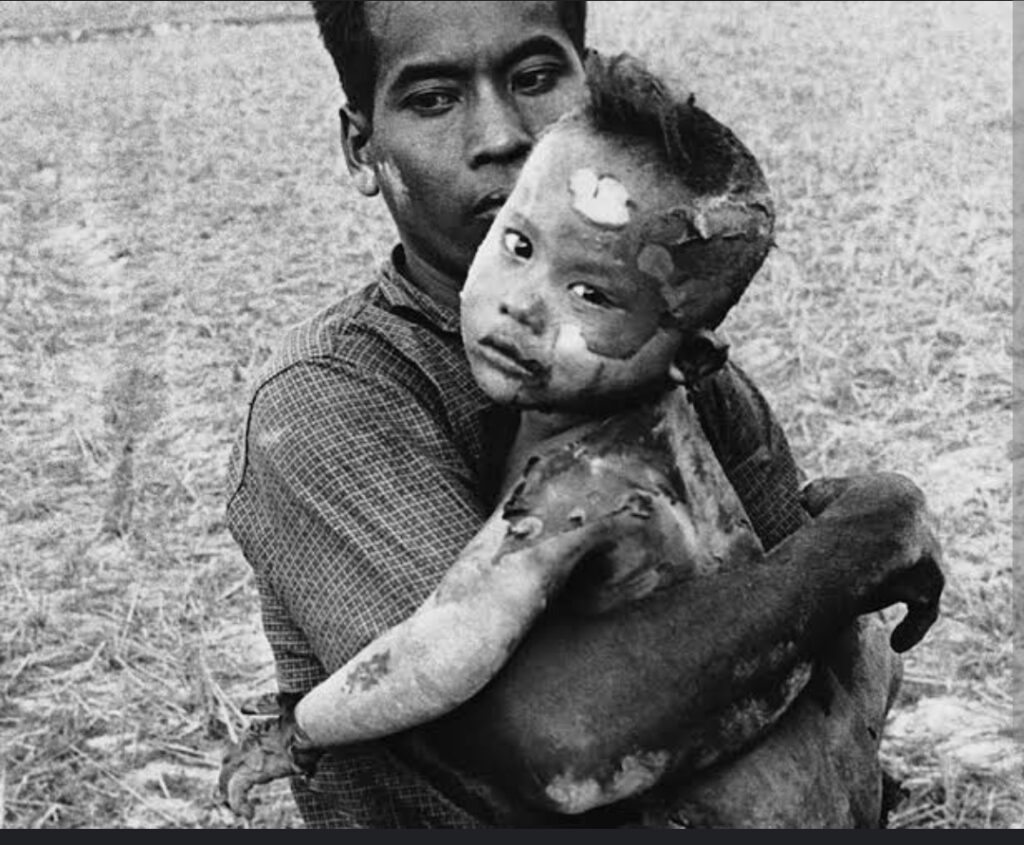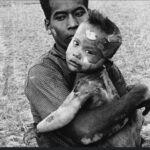The ISIS video of a Jordanian pilot being burned to death prompted denunciations over this unique form of savagery. How unique is it really?

The latest ISIS atrocity – releasing a video of a captured Jordanian fighter pilot being burned alive – prompted substantial discussion yesterday about this particular form of savagery. It is thus worth noting that deliberately burning people to death is achievable – and deliberately achieved – in all sorts of other ways:
“Living Under Drones: Death, Injury and Trauma to Civilians From US Drone Practices in Pakistan”, NYU School of Law and Stanford University Law School, 2012:
The most immediate consequence of drone strikes is, of course, death and injury to those targeted or near a strike. The missiles fired from drones kill or injure in several ways, including through incineration[3], shrapnel, and the release of powerful blast waves capable of crushing internal organs. Those who do survive drone strikes often suffer disfiguring burns and shrapnel wounds, limb amputations, as well as vision and hearing loss. . . .
In addition, because the Hellfire missiles fired from drones often incinerate the victims’ bodies, and leave them in pieces and unidentifiable, traditional burial processes are rendered impossible. As Firoz Ali Khan, a shopkeeper whose father-in-law’s home was struck, graphically described, “These missiles are very powerful. They destroy human beings . . .There is nobody left and small pieces left behind. Pieces. Whatever is left is just little pieces of bodies and cloth.” A doctor who has treated drone victims described how “[s]kin is burned so that you can’t tell cattle from human.” When another interviewee came upon the site of the strike that killed his father, “[t]he entire place looked as if it was burned completely, so much so that even [the victims’] own clothes had burnt. All the stones in the vicinity had become black.” Ahmed Jan, who lost his foot in the March 17 jirga strike, discussed the challenges rescuers face in identifying bodies: “People were trying to find the body parts. We find the body parts of some people, but sometimes we do not find anything.”
One father explained that key parts of his son’s burial process had to be skipped over as a result of the severe damage to his body. “[A]fter that attack, the villagers came and took the bodies to the hospital. We didn’t see the bodies. They were in coffins, boxes. The bodies were in pieces and burnt.” Idris Farid, who was injured and lost several of his relatives in the March 17 jirga strike, described how, after that strike, relatives “had to collect their body pieces and bones and then bury them like that.” The difficulty of identifying individual corpses also makes it difficult to separate individuals into different graves. Masood Afwan, who lost several relatives in the March 17 jirga strike, described how the dead from that strike were buried: “They held a funeral for everybody, in the same location, one by one. Their bodies were scattered into tiny pieces. They…couldn’t be identified” . . . .
[3] See, e.g., Yancy Y Phillips & Joan T. Zajchuk, The Management of Primary Blast Injury, in Conventional Warfare: Ballistic, Blast and Burn Injuries 297 (1991) (“The thermal pulse from a detonation may burn exposed skin, or secondary fires may be started by the detonation and more serious burns may be suffered.”); AGM-114N Metal Augmented Charge (MAC) Thermobaric Hellfire, GlobalSecurity.org, http://www.globalsecurity.org/military/systems/munitions/agm-114n.htm (last visited Aug. 17, 2012) (“The new [AGM-114N Thermobaric Hellfire] warhead contains a fluorinated aluminum powder layered between the warhead casing and the PBXN-112 explosive fill. When the PBXN-112 detonates, the aluminum mixture is dispersed and rapidly burns. The resultant sustained high pressure is extremely effective against enemy personnel and structures.”); Explosions and Blast Injuries: A Primer for Clinicians, Center for Disease Control and Prevention, http://www.bt.cdc.gov/masscasualties/explosions.asp (last visited on Sept. 17, 2012) (outlining one of the types of blast injuries as “burns (flash, partial, and full thickness”)).











Leave a Reply